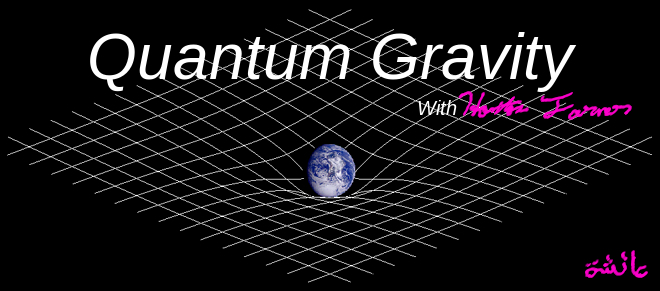UPDATE: The Perimeter Institute a hub of theoretical physics research will have their own livestream following the LIGO press conference.
UPDATE2: Updated to display a collection of my tweets on gravitational waves during and near the time of the press conference.
IF that one does not work try this one.
The short answer
In Einstein's theory of gravity called General Relativity mass causes space time to curve, meaning the shortest distance between two points in space time is not a straight line near a massive object. Gravitational waves are changes in the shortest distance between two points which move like waves. These are different than other waves though. They are radiated when two masses interact, or one mass changes shape. They are so slight that it takes binary pairs of neutron stars or pairs of black holes to generate effects we can practically try to detect with current technology.
The shortest long answer to precisely what LIGO has been looking for.
LIGO uses an interferometer to measure tiny changes in the length of a beams of light several kilometers long. Light is sent down each arm then recombined to cause a pattern of light and dark fringes. A similar experiment performed in the early 1900's backed Einstein's Special Relativity theory ( the one that gave us
 but does not include gravity).
but does not include gravity). The key equation of General Relativity is

the key quantity in that equation is
 it is called the metric. A metric defines distance between points in space time. T in that equation is called the stress-energy tensor, in the text I will use a bold capital letter when I'm talking about a tensor. The quantities you see there which have two Greek subscripts are called Tensors of rank two. The best visual of a tensor at work that you see every day would be the way concrete expands when warmed and contracts when cold. Another example consider the way a block of clay changes shape in multiple directions but how much it expands on one axis effects how it can expand on another axis.
it is called the metric. A metric defines distance between points in space time. T in that equation is called the stress-energy tensor, in the text I will use a bold capital letter when I'm talking about a tensor. The quantities you see there which have two Greek subscripts are called Tensors of rank two. The best visual of a tensor at work that you see every day would be the way concrete expands when warmed and contracts when cold. Another example consider the way a block of clay changes shape in multiple directions but how much it expands on one axis effects how it can expand on another axis. When pairs of neutron stars or pairs of black holes interact they slowly spiral into each other. All the time loosing energy as the pair radiates off gravitational waves.
It takes the stress energy tensor T caused when masses several times that of our sun interact to cause tiny changes in the metric g which interferometers like those used by LIGO could pick up.
Noise from local sources, vibrations, ground movements and tremors, etc can cause a false positive. This is why they used more than one interferometer linked over a great distance. If both instruments detect an event then it is likely to be a real signal and not just noise.
Even if the collaboration thinks they have a detection the thing scientist will look at is the noise profile and consider how strong the signal is compared to the noise. Collaborations like LIGO have thought they detected something, and held a press conference before. We'll see.
Live Tweets
This first feed is just my tweets.
LIGO Gravitational wave L
The second feed are all tweets with #LIGO OR #gravitationalwaves.
Tweets about #ligo #gravitationalwaves
Perimeter Institute live stream post LIGO announcement. The Perimeter Institutes experts on Quantum Gravity will surely have much to say.
Update, A comment on how this event really is breaking the internet unlike the much more base efforts to do so.
My live tweeting the #gravitationalwaves press conference with embedded tweets and video at Science 2.0 is gaining reads...
Posted by Hontas Farmer on Thursday, February 11, 2016



Comments